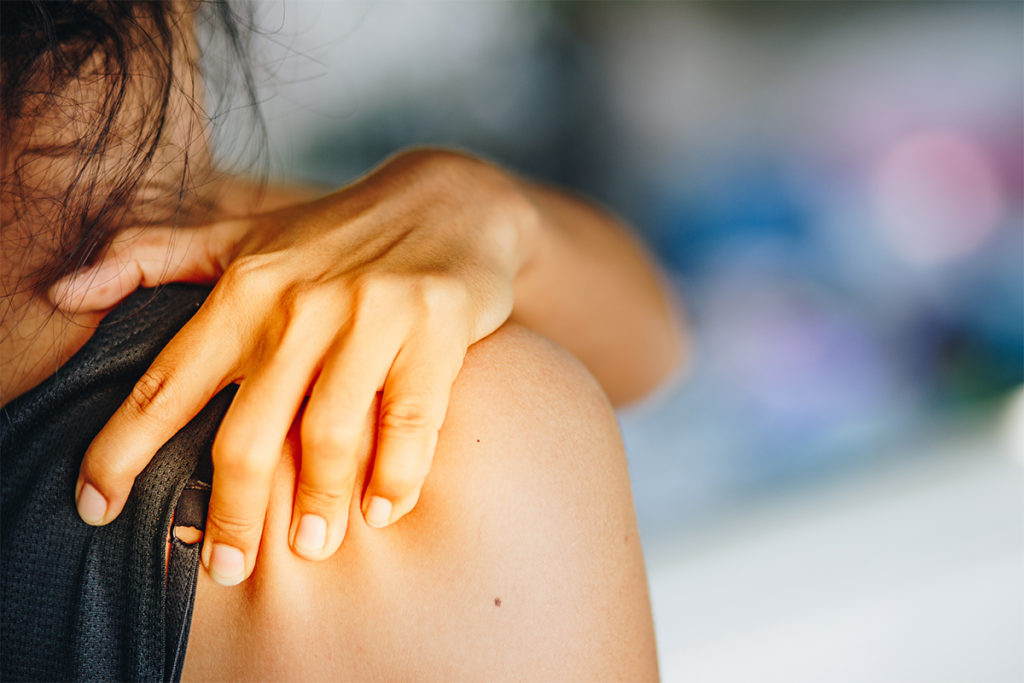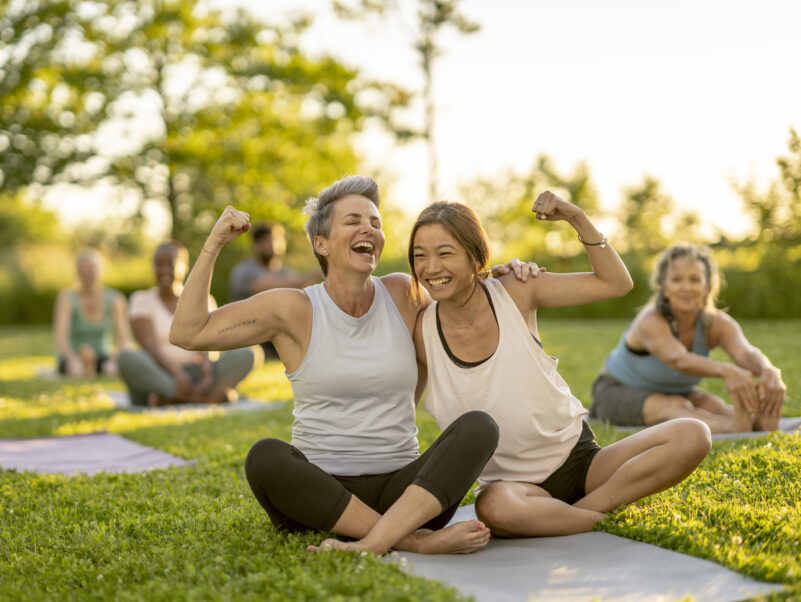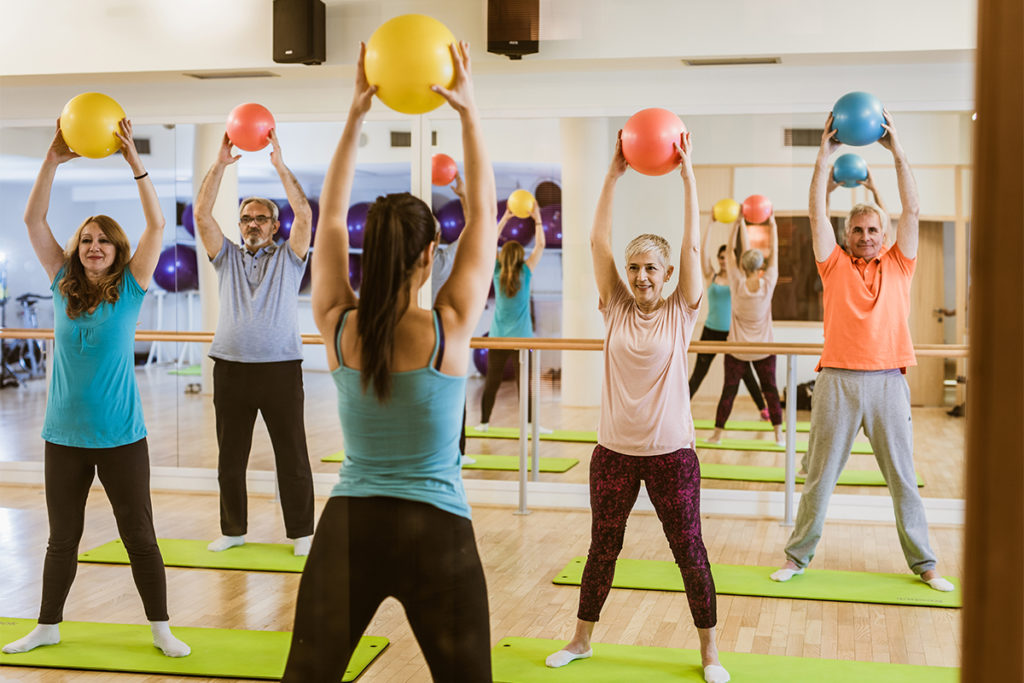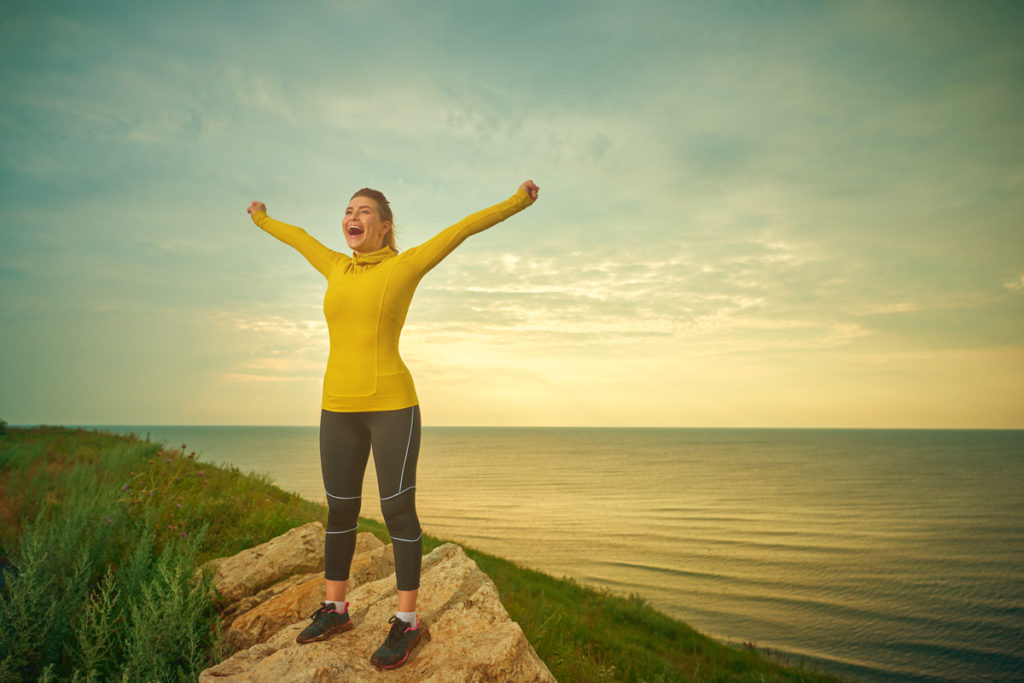How Safe Are Pilates Programs?
Pilates instructors share their experiences with safety issues.
As more people of all ages and fitness levels practice Pilates, and instruction becomes more diverse, concerns about safety have also become more prevalent. How safe are Pilates programs today? We asked instructors to tell us what they think are the most important safety challenges in the industry.
Functional Focus on Core Issues
“Do you realize how many articles are written about Pilates, yet how rarely risks and dangers are mentioned? Many Pilates students and teachers don’t recognize that some Pilates exercises can have detrimental effects on the spine and even weaken the muscles [around the spinal column]. Think about it: as humans, we are meant to move three-dimensionally every day, reaching, pulling and pushing. But traditional mat Pilates is performed lying on the floor, sometimes with over 85% flexion; this doesn’t translate to our everyday activities. For that matter, many people work all day in a seated position over a computer—so why do more flexion?
“With exercises such as 100-degree roll-ups, roll-overs and spine twists, the local core muscles are often working less than 20%. Again, why overtrain the rectus abdominis? Most Pilates mat exercises overutilize the hip flexors and the rectus abdominis. I often hear students say something to the effect that their ‘lower abs are burning’ after these exercises. What they are really saying is that their hip flexors are on fire! As a presenter and trainer, I choose not to teach these exercises.”
—Leslee Bender, creator of the Bender Ball™ and the Bender Method™, Reno, Nevada
Is There Safety in Hundreds?
“Over the course of my 10 years as the owner of a Pilates equipment studio, I have heard more than enough stories about injuries sustained because of something done in a Pilates class. In doing research, I found that the mat exercise ‘spine stretch forward’ seems to be more successful at straining the hamstrings than stretching the spine. The rowing exercise, performed on the reformer, seems to stress the rotator muscles more than it works effectively at developing strength.
“In my research I found that although Joe Pilates invented the Pilates machines, he did not invent all of the exercises that we give him credit for. In fact, he developed his body through gymnastics-based training programs that were part of the physical culture movement used in the 1800s to prepare citizens for military service and as part of the early education system. He believed that the spine should be straight, and he focused on holding the navel to the spine as a way to remove the natural curve. I believe that that focus is the root of injuries. That’s why I change that focus in my own work and I use a safer and more successful way to develop the body, still using the Pilates equipment and exercises as the foundation.
“Although the idea of straightening the spine may not have been the safest or the healthiest method of developing the body, the message of Joe Pilates’s life work is still very important: to spread the word that the physical development of a nation is the cornerstone for its survival.”
—Stacey Redfield, owner of Physical Methods, Bethlehem, Pennsylvania
Equipment Supervision Required
“We can’t assume that people will be safe and remember all the precautions, especially if they use all the types of Pilates equipment. This is especially true for Pilates group classes or independent study, as some gyms and studios have an ‘open’ hour or time frame blocked for those who want to work out on their own. I don’t recommend this.
“Important safety issues for the reformer that need to be enforced include having the correct spring tension so clients don’t strain, fall or become injured. Another safety issue is how clients get on and off the reformer. You would be surprised at how many people think they know, rush off, and end up halfway on the ground, rolling off. Tall kneeling work needs to be spotted with tactile cues to avoid potential falls forward, sideways or backward. Placing one hand on the sternum and the other on the upper back is a great way, not only to cue for good alignment and posture, but also to protect clients from losing their balance until they get the rhythm with their muscular control and the machine. All standing work needs proper instruction on how to get on and off [the equipment] by using the footplate. In addition, it’s helpful to have a step nearby or to be able to offer handheld assistance. All exercises—including the possible hazards—should be explained, and moves should be demonstrated whenever possible. It is better to be too careful than not [careful enough]!”
—Heather Chowaniec Brummett, PT, DPT, Owner, Balanced Physical Therapy, Glendale, Arizona
What do you think are the critical safety areas in the Pilates industry—and how can potential risks be minimized? Contact us at content@ideafit.com..





